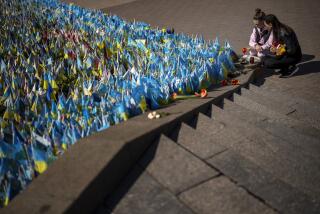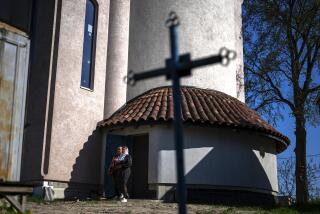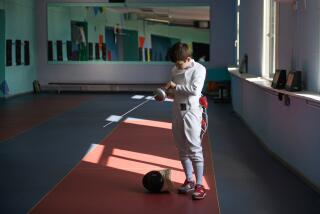The cycle of war in Ukraine’s south: drones, bombs, silence, death

The big battle for eastern Ukraine is coming, but in the south, Ukrainian soldiers have pushed back the front lines of Russian forces.
POSAD POKROVSKE, Ukraine — With an overcast sky offering a break from the ever-watchful eyes of Russian drones and the artillery barrages that often follow, a young Ukrainian soldier joined his squad for a bit of fresh air on the patio of what had been a cultural center.
“When it’s good weather the Russians can correct their targeting with the drones,” said Nesquik, a 26-year-old with the smooth face of a boy whose nickname comes from a chocolate drink. “Today, they’re just shooting where they think the targets are — they have artillery to spare.”
The thud of explosions rumbled somewhere in the distance.
You hear little else in Posad Pokrovske, a farming hamlet in southern Ukraine transformed into a tableau of destruction: Houses with gap-toothed roofs or entire wings gutted by artillery. A starving pig trotting down a crater-riddled street searching for food. The side of the village school slashed open by a blast, spilling concrete blocks and schoolbooks into the playground. And silence.
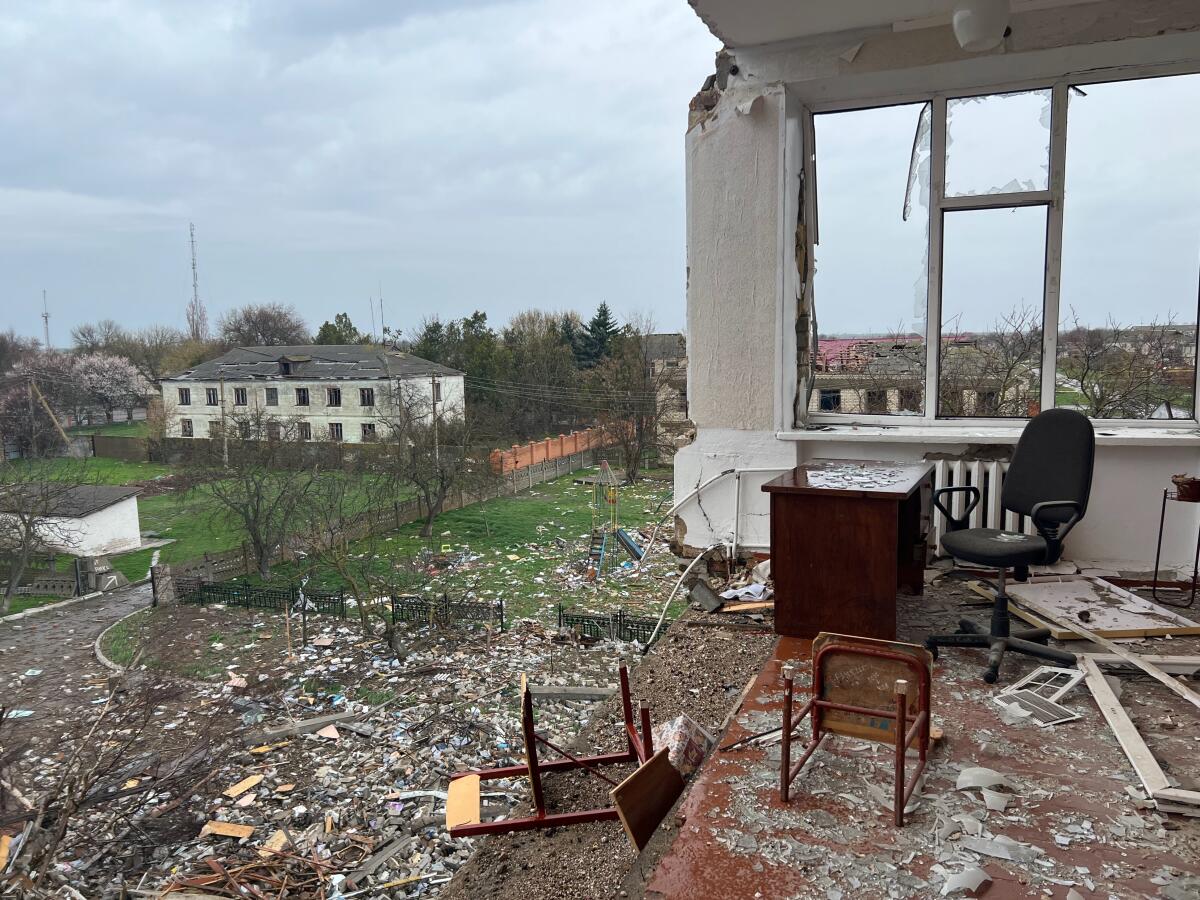
In the almost seven weeks since Russian President Vladimir Putin ordered his forces to invade, Ukrainian troops have pushed back the front line in the south from the edge of Mykolaiv, a vital port nearly 70 miles northeast of the Black Sea city of Odesa, to the southeast toward Kherson, the first and — so far — only major city occupied by the Russians.
That drew the fight out of the dense urban areas and onto the plains astride the M14 highway, leaving wheat fields littered with the spent tubes of Smerch cluster rockets and antitank weapons. Farming villages with birch-lined streets and quaint cottages became sites of clashes of men and armor.
Posad Pokrovske, which lies almost exactly equidistant between Mykolaiv and Kherson, is the last point under Ukrainian control. Russian troops are less than a mile away on the village edge, but they were inside until March 13, when Nesquik’s group, which had mobilized from Odesa and was tasked with liberating a string of villages in the area, entered Posad Pokrovske and surprised them.
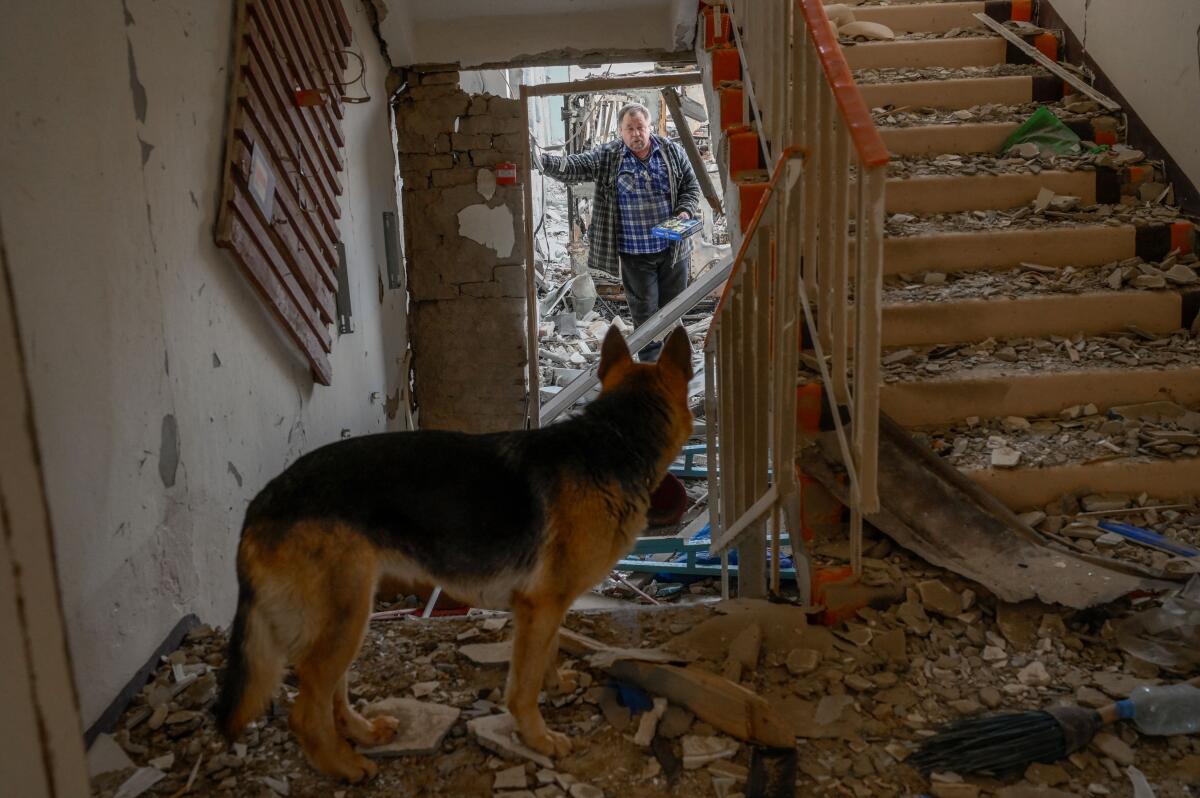
“They didn’t expect to see us here, but when they did, they came at us with technicals, tanks, artillery, infantry,” he said, nodding at a row of half-destroyed buildings down the street.
“Most of the damage you see is from that day.”
Since then, the fight in the village has become a game of hide-and-seek-then-kill, each side struggling to find an opening and drive the other back. But with Moscow reorienting its forces to focus on Ukraine’s Donbas region, the battle is set to change again: Rather than aiming for Odesa, Russian troops are hunkering down to secure their rear while they push toward the east in what may become the bloodiest campaign of the war.
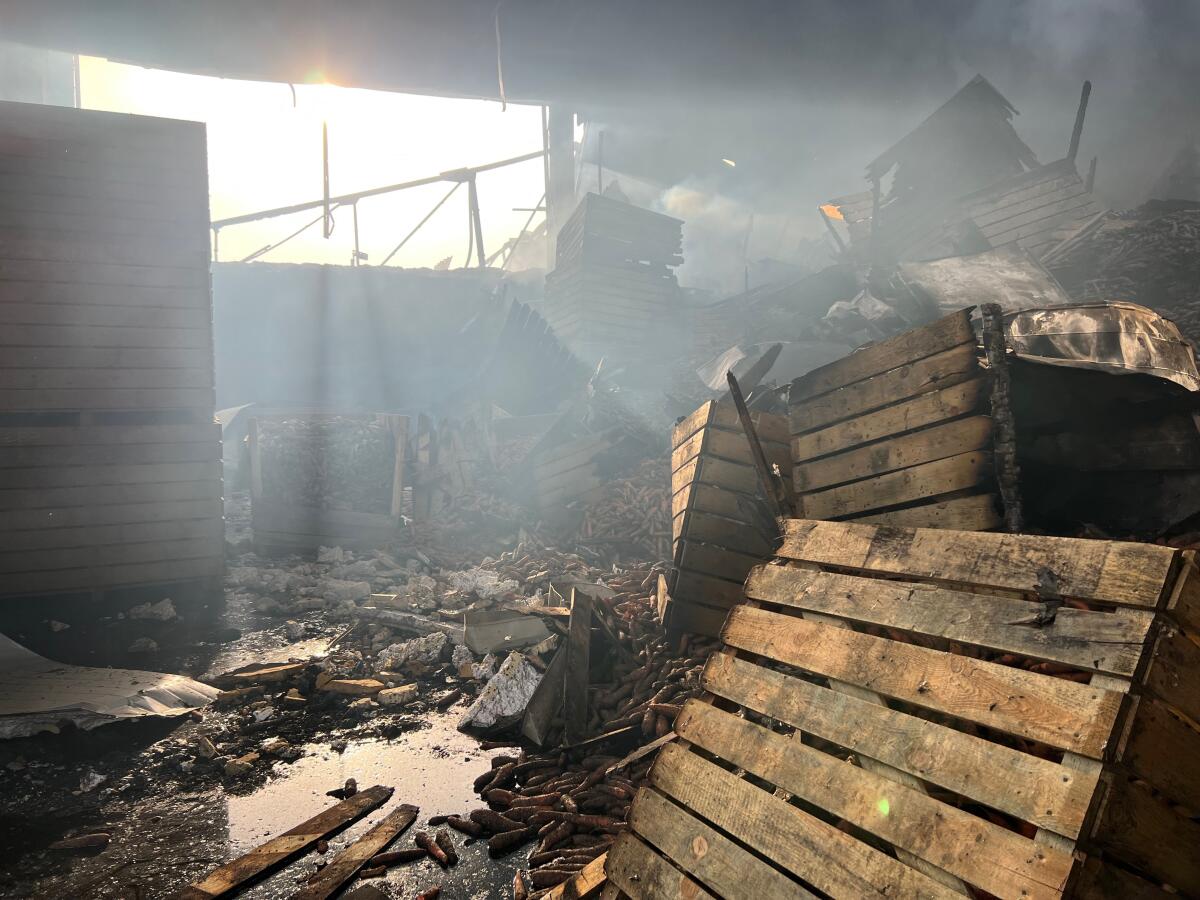
“They’re not attacking. Instead, we’re seeing the Russians now build defenses, and we’re trying not to let them do this,” Nesquik said. “They understand that with the Dnieper River behind them in Kherson, they have nowhere to go. If they’re pushed out, they won’t be able to come back.”
Such is the hope of a young man with a gun and a country to save. Skirmishes have been replaced by artillery duels between the two sides, slowly denuding life from the territory one barrage at a time.
Posad Pokrovske once had some 2,300 residents; none remain. Over in Shevchenkove, a sleepy village four miles up the road toward Mykolaiv, more than two-thirds of the people have disappeared, said Father Pavlo, the priest presiding over St. John Church. That figure feels like a large underestimate.
With gilt-framed portraits of Jesus, Mary and St. Joseph looking down on him, Father Pavlo, a soft-spoken man in his late 40s with blue eyes and a pony tail, sighed and gave a wry smile when asked about the state of his parish.
“We have five different denominations in the village. This is an Orthodox church, but right now, we’re like a big family,” he said.
Around him were stacked boxes of rice, muesli, cookies, crackers and black pouches of something called “Coconutty Curry.” By way of explanation, he pointed at the boxes, saying that the church had become in effect a community assistance center.
“We started collecting donations from friends, from the Mykolaiv government. We have people with their cars delivering assistance, evacuating people,” he said. Those with houses still intact were hosting those whose homes had been damaged in the fighting, he added.
“We also try to help the injured, or take the dead.”
There had been no lack of both in recent days. A few hours earlier on Monday, a shell injured one man, and the evening before an artillery round killed another resident. Two were killed the day before that. Earlier in the war, the head of the local council was killed, local media reported, and the mayor was kidnapped by the Russians last month when he went to deliver aid to other villages. He’s thought to be held somewhere in Crimea. Then four days ago, a barrage snapped through some of the power lines, knocking out electricity and forcing whoever remained here to rely on generators.
Those events had joined a lengthening litany of afflictions and mourning for the dead. Asked about those who still remained, Father Pavlo’s eyes turned a shiny red and his lips quivered. He turned and walked away. He looked at a painting of one of the saints until he regained his composure.
“For 10 years I’ve tried to build the church,” he said. “It’s hard, of course. Now I’m happy when people leave to a safe area. I’m upset if someone returns because it’s too dangerous.”
Those still here, he said, “have no choice but to stay,” immobilized either because of ill health, old age or taking care of someone.
One of those in the last category was Natalya Steblina, 41, a surprisingly jovial woman who stayed with her 82-year-old mother, two grandsons, a dog and a cat.
“Yes, I’m afraid, but what can I do? I hope it will be OK. I don’t want to leave. My grandsons, my mom, none of them want to leave. So we help each other,” she said. The cat rubbed against her leg (she wore shorts despite the cold) as explosions thundered somewhere over the horizon.
“When they want, they do that,” she said, cocking her ear at the sound of the barrage.
“Day, night, any time.”
Yet even in the relative safety of Mykolaiv, some 12 miles to the northeast, there is still fear. An industrial yet elegant ship-building hub on the confluence of two rivers, the city has regained some of its daily rhythms.
The weekend saw brisk pedestrian traffic on its avenues and riverfront boulevards, with people enjoying a sunny day and shrugging off the morbid thoughts of the first weeks of war. Many crowded into liquor stores (they only open on weekends) to load up. But night brought the familiar drumbeat of explosions once again, including a blast that sent windows across the city rattling and pushed Vitaliy Kim, Mykolaiv’s pugnacious regional governor, to issue a video the next day reassuring residents.
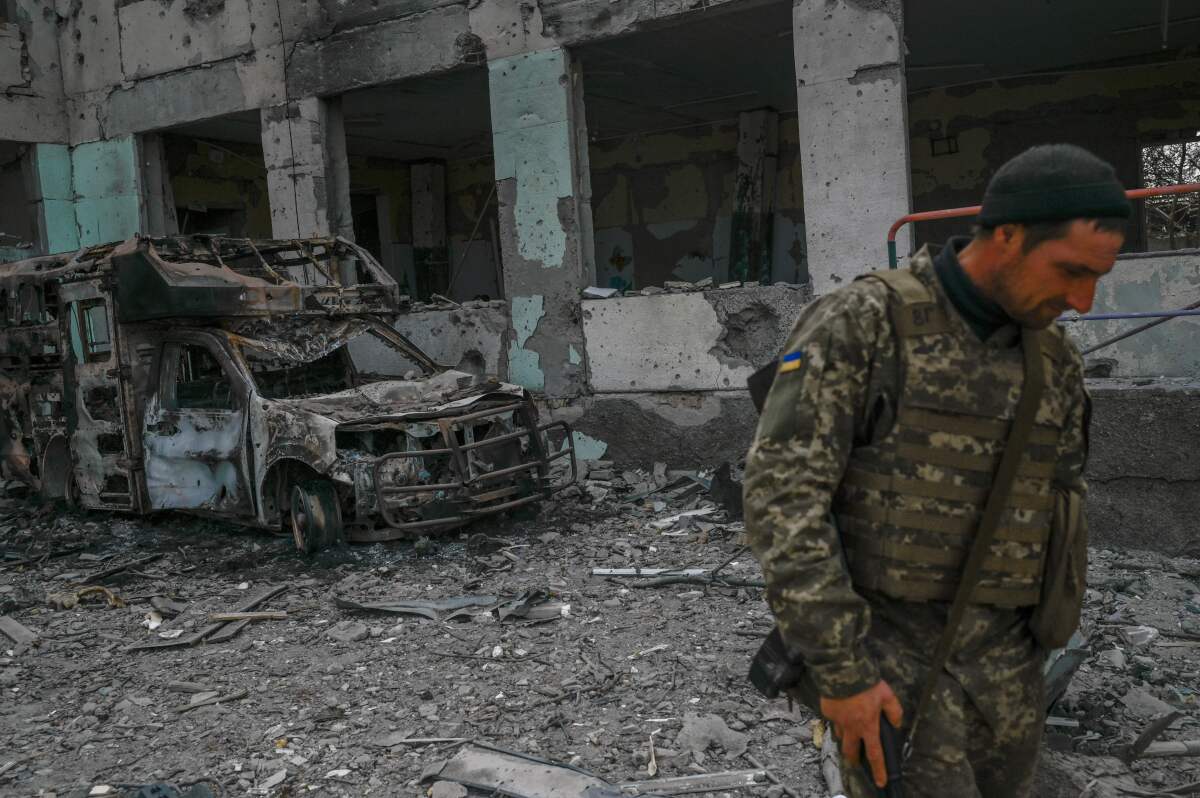
Meanwhile, for any who believe Mykolaiv is clear of danger, the wreckage of the regional administration building — the entire middle section was clawed out by a Russian ballistic missile late last month, killing 38 people, authorities say — stands as a powerful counterargument.
Mykolaiv Mayor Oleksandr Senkevich visited the site this week, squinting in the sun as he gazed at the pancaked floors and an air-conditioning unit suspended from a wire somehow still attached to the building’s roof.
“When people ask me if it’s safe to stay, I tell them 10 civilians died last week and more than 40 were injured. If that sounds safe to you, then stay. But I think you should leave, so we can fight more easily,” Senkevich said, adding that hundreds were being shuttled to the border with Moldova every day.
A onetime IT entrepreneur turned politician, Senkevich had traded his suit for gray tactical pants, a fleece sweatshirt and a short-nozzled AK-47SU equipped with a silencer and flash suppressor. It was a switch he had done in the run-up to the invasion, but he kept it on because he didn’t see a respite coming.
“We need to be prepared for any kind of situation, especially when we see the Russian troops are now regrouping,” he said.
“People even sometimes forget that there’s war. I would say that people feel too comfortable.”
More to Read
Sign up for Essential California
The most important California stories and recommendations in your inbox every morning.
You may occasionally receive promotional content from the Los Angeles Times.
